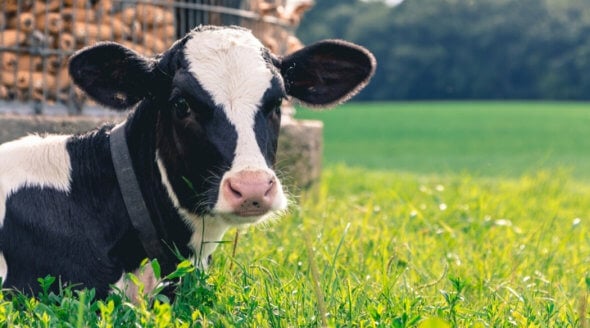All About Animals: Secondary Teachers: Lesson Plan 2: Feeding the World
Teachers’ Note: This is a written exercise. The pupils are to research the different farming methods listed and come to a conclusion about how they feel the global food yield could be maximised.
However, the world population is set to rise. In fact numbers rise by 75 million per year and all those people will need feeding. Can re-distribution alone solve the problem or should we look to farming practices, land clearance and reclamation, technological advances and chemical boosts in order to maximise the world’s harvest?
Research the ways in which it has been suggested the world’s harvest can be increased. Some areas you might like to cover are listed below but you may come across others in the course of your research.
The Scenario: The United Nations is meeting to discuss the problems faced by an increasing world population. Your job is to research the options and write a formal report covering the pros and cons of each suggestion, finally giving your recommendations for getting the right amount of food to the right people while taking into account the implications for the environment, animals and peoples affected.
- Organic farming
- Peasant farming systems
- Genetic Engineering
- Land reclamation and clearance
- Change in foods grown (such as food for humans rather than feed for animals)
- Chemical enhancers (pesticides, growth promoters, BST etc)
- Education on dietary matters
- Redistribution overhaul
- Trade policies including the Common Agriculture Policy

